RGB Lighting: Beyond Aesthetics – A True Game Changer?
Oct-05-2024
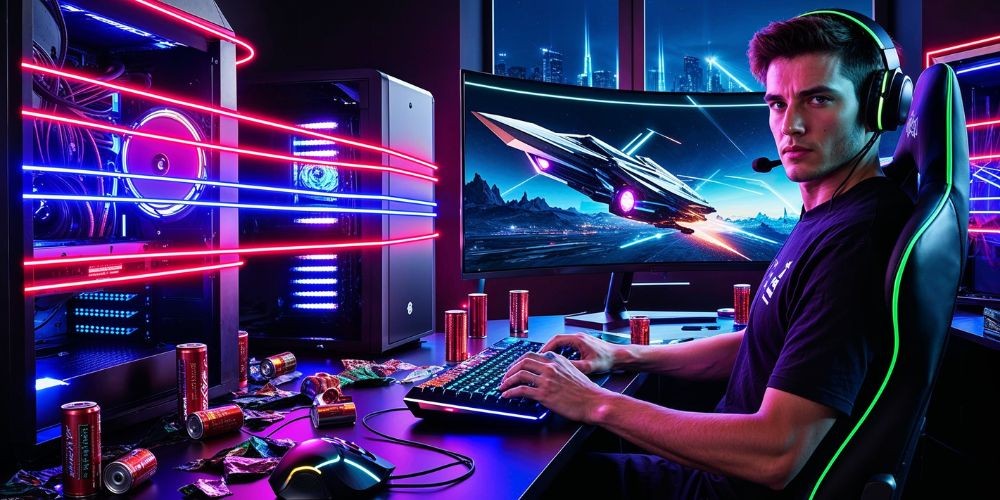
In the ever-evolving world of gaming, aesthetic appeal and technological advancements often overlap, creating unparalleled experiences for users. One such innovation is RGB lighting. Initially embraced for its dazzling visual appeal, RGB lighting has now become synonymous with gaming culture. Yet, one question persists: does it serve only to please the eye, or is it a legitimate factor in enhancing gaming performance?
This article delves deep into the impact of RGB lighting on both the aesthetics and performance of gaming experiences, offering insights into why this cutting-edge technology has become an integral part of the playing landscape.
The Science Behind RGB: Colors Beyond Imagination
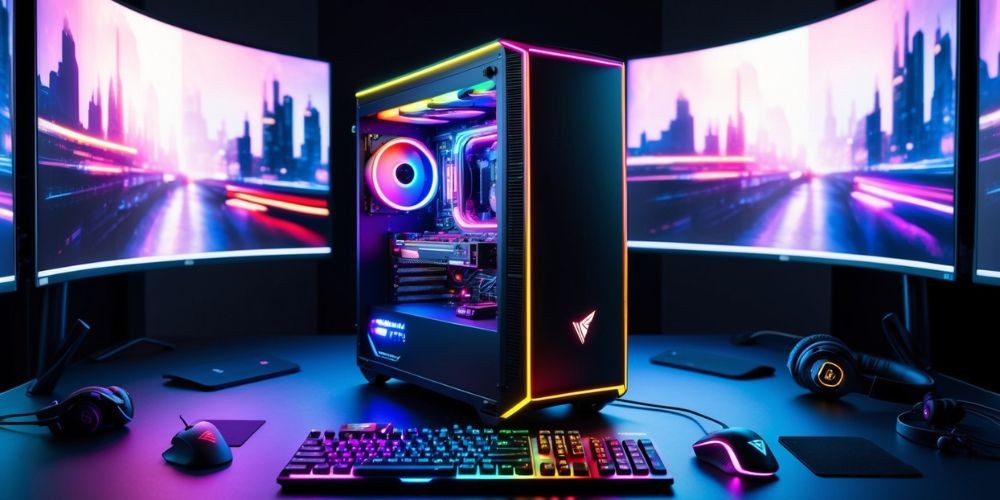
To comprehend the appeal and practicality of RGB lighting, it is vital to understand its underlying technology. Utilizing the three primary colors—red, green, and blue—RGB systems blend these hues in varying intensities to create a wide spectrum of colors. The real magic lies in its ability to generate virtually any hue, which is facilitated through advanced software that allows for precise customization and dynamic light displays.
For gamers who thrive on personalizing their setups, the RGB lighting system grants them the power to tailor every square inch of their gaming environment to their liking. Whether you prefer a cohesive monochromatic look or a vibrant, multi-colored setup, RGB lighting provides the flexibility to accomplish any aesthetic goal, adding an unparalleled layer of personalization.
Purpose and Practicality: Why RGB Lighting Matters
While its primary draw might seem visual, RGB lighting holds significant functional value. On a utilitarian level, RGB components can act as visual indicators of hardware status. Imagine a CPU cooler that shifts between colors to indicate critical temperature thresholds or an RGB setup that pulsates to denote heavy system usage.
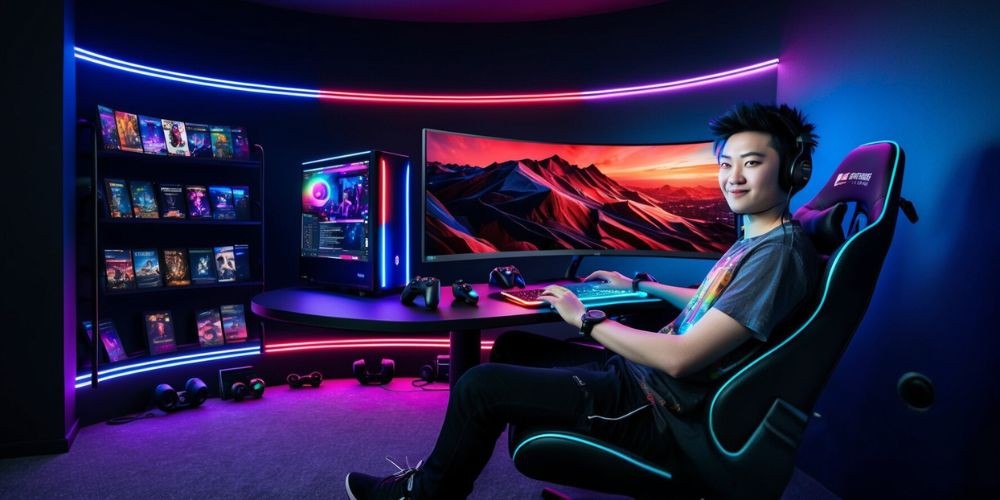
For those who prioritize performance monitoring without cumbersome software interfaces, RGB lights can offer essential system clues at a glance. Tailor your lighting scheme to inform you precisely when your machine is under duress, all while maintaining a striking visual aesthetic.
Synchronization with Gameplay: Immersion Elevated
The immersive nature of RGB lighting extends into the gameplay itself. Many peripherals—ranging from keyboards to headsets—now come equipped with RGB capabilities that synchronize with in-game events. When your gaming peripherals light up in harmony with your actions, it enriches the experience with an added tactile dimension.
A prime example is within first-person shooter games where RGB lighting may pulsate in time with gunfire or explosions, elevating the intensity and weaving the visuals into gameplay seamlessly. Some components even have game-integration features, allowing for real-time environmental feedback that crescendos with atmospheric elements of the game.
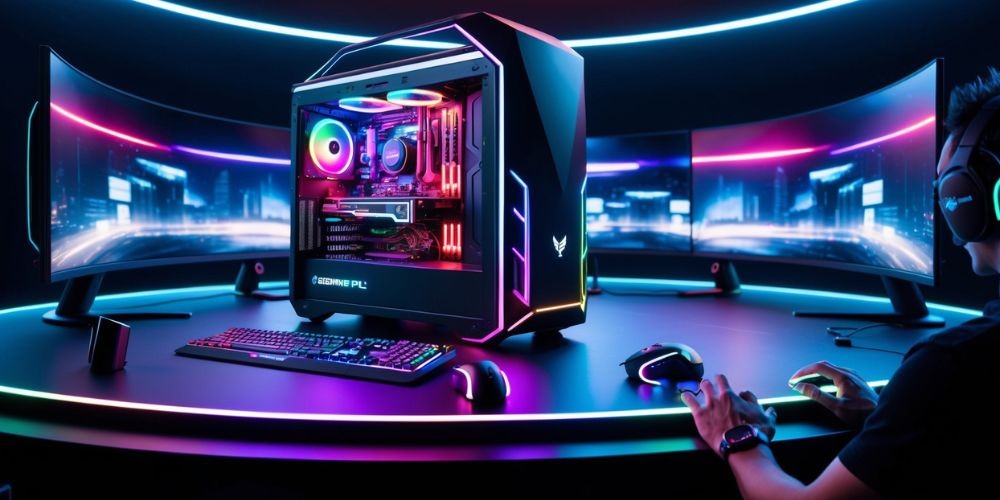
Customization Made Easy: Managing Your RGB System
Over the past few years, the RGB lighting landscape has evolved dramatically, making customization tools much more user-friendly. Misguided assumptions of complicated interfaces are silenced with intuitive software from manufacturers like Corsair and NZXT, offering a plethora of preset profiles and customization options.
Gone are the days of wrestling with technology; instead, gamers can focus on crafting their ideal luminous setup. With a few simple clicks, users can synchronize their peripherals and components effortlessly, diving into a world of undisturbed gaming where every detail resonates with their unique vision.
Addressing the Skeptics: Are There Downsides?
Despite the overwhelming support for RGB lighting in the gaming community, it does draw some criticism. Detractors argue that it is nothing but a superfluous gimmick, driving costs without contributing to a more efficient gaming experience. Critics highlight how this addition may cause undue strain on budgets, especially for gamers who direct their funds primarily toward performance-centric upgrades.
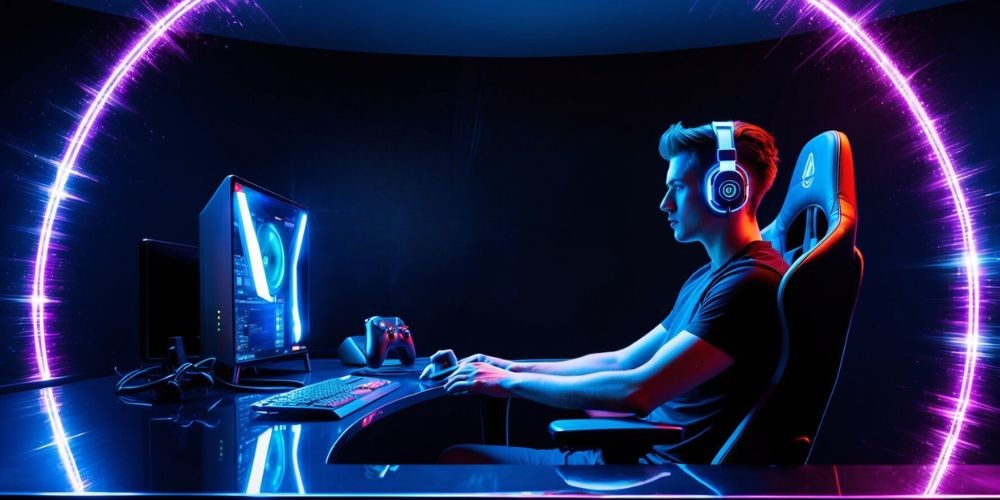
However, the widespread adoption of RGB lighting by gamers speaks volumes. Whether RGB lighting is a needless splurge or a subtle performance enhancer, it unquestionably stands as an avenue for self-expression and creativity in the realm of gaming.
The Verdict: Is RGB an Indispensable Feature?
Upon analyzing the multiple benefits of RGB lighting—from aesthetic customization to immersive gameplay experiences—it is evident that its appeal extends far beyond mere visual splendor. For players who cherish the symbiosis between form and function, RGB stands as a monument to how aesthetics can enhance rather than detract from gaming performance.
While it may not be an indispensable feature for competitive eSports athletes focusing solely on performance metrics, for the average gamer looking to elevate their experience, RGB lighting provides a tangible, interactive engagement between the virtual and physical world.
Ultimately, RGB lighting has carved its niche in the gaming genre, not purely for its aesthetic charm but for its ability to translate emotions, experiences, and atmospheres into tactile realities. For those embracing this illuminated revolution, the sky—with hues of every imaginable color—is the limit.







